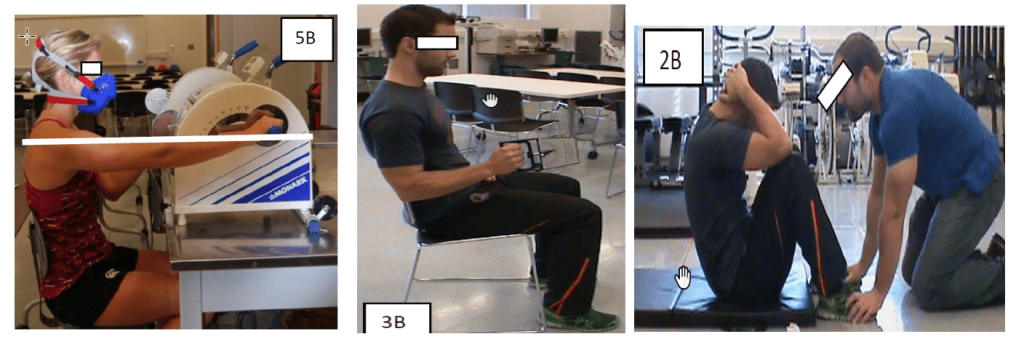Last week we looked at the immediate (acute) effects of battling rope (BR) training. This week we are going to look at some research which has investigated the long-term effects of battling rope training on general fitness. Longer term battling rope studies are uncommon, therefore if battling rope training is going to become a more accepted training method for general fitness training, more studies of this nature are going to be needed to create more robust scientific evidence that supports the use of battling rope training as an evidenced based exercise intervention.
The Study
Physiological Responses to a Battling Rope High Intensity Interval Training Protocol.
Why they did it: This study examined the effect of 4-weeks of BR training on aerobic fitness, muscular endurance, strength and metabolic conditioning in a group (n=30) of recreationally active male and female university students with an average age of 22 years.
What they measured: Arm Crank VO2. Maximum, push ups, sit ups, grip strength, peak blood lactate response.
How they did it: The university students in this study performed the following 15-minute HIIT batting rope training session consisting of 2-different battling rope exercises performed at 1:2 work rest ratio (30 seconds work : 60 seconds of rest), participants were encouraged to work “as fast as they could” for each of the 30-second rounds. Males used a 50-foot, 1.5 inch rope, whilst females utilised a 40-foot rope A total of 13 sessions was completed over the 4 week training period, with sessions being conducted on Monday-Wednesday and Fridays.

What they found: Following 4-weeks of battling rope training, the females students in this study showed a significant improvement in aerobic fitness (arm crank), however the men in this study did not improve their aerobic fitness, despite the researchers observing an gradual improvement in their cadence over the 4-weeks. However, it was acknowledged by the researchers that the females had lower aerobic fitness levels prior to commencing the training, and thus were more aerobically trainable than the males. Push up performance improved by in both genders, whilst only the females experienced an improvement in sit up performance. In addition, there was no improvement in grip strength in both groups. Finally, it was determined by the researchers that this battling rope training program, elevated blood lactate levels between 9-11 mmol.l, which is similar to other reported responses to HIIT and metabolic conditioning regimes.
What does this mean: As little as 15-minutes of HIIT battling rope training can improve aerobic fitness and muscle endurance in younger, recreationally females and can improve muscle endurance in males. The lack of improvement in aerobic fitness and grip strength shows us that foundation exercise prescription principles such as progressive overload must be adhered to if there is going to be a positive training response. Gradually increasing the length and diameter of the battling rope over time may be one such way to progressively overload a battling rope training program.
Reference:
McAuslan, C. (2013). Physiological Responses to a Battling Rope High Intensity Interval Training Protocol. Masters Thesis, University of Windsor. Canada.
For for Newsletter

